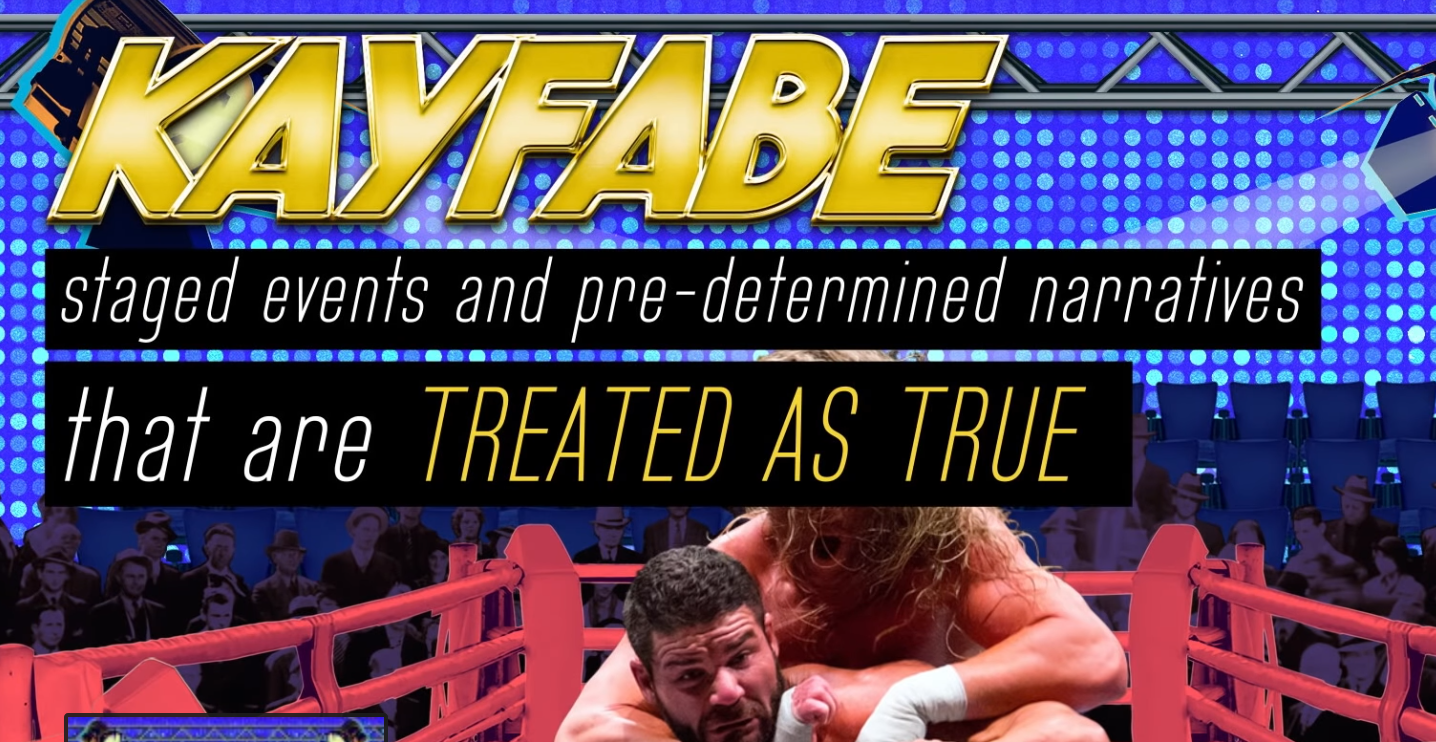
Why firms hedge on offering content strategy.
Agencies, customer experience firms, and design firms bill for copywriting. No earth-shattering news there. Content strategy? That’s another story.
Firms “kinda do” content strategy.
It can be found as either a charge for ideation around copywriting or spoken about as vague practice or black box ability within the firm. Content strategy and content optimization are generally not embraced as a pillar of a firm’s services.
The main reason content strategy isn’t embraced.
Content strategy, as a full practice, is not thought of as a profit center that can be justified.
This belief about content strategy is short-sighted.
For firms and their clients, content strategy’s true value doesn’t always show up on the firm’s estimate. It does show up on the client’s bottom line.
Outside hard deliverables like content audit spreadsheets, site maps, and editorial guides, the “strategy” part of content strategy feels too aetherial for firm billing.
Or if they wish to bill for it, some will tuck content strategy services in UX-related activities (like wireframes) so clients are less likely to question the time and fees.
The perception of content strategy between firms and clients is a vicious circle.
It’s a chicken-and-egg value scenario. We just don’t know which came first.
Clients can’t see the value of applying content strategy principles, so they’re reluctant to pay for them. Firms, sensing that clients don’t see value in content strategy services, don’t stand up for them.
Why is content strategy downplayed?
Agency operations and revenue tends to focus on billing for time. The creation of content (fill this page up with content) or microcopy (to tether design and bookmark execution copy) fits that billing framework.
Billing for strategy around creating content is often hard for an agency to quantify, must less justify.
A typical talk to clients about content strategy.
AGENCY: We want a budget around how to plan, structure, and govern your site’s digital content. Just need $100,000.
CLIENT: Why?
AGENCY: Um…hey let’s talk about the site map for now and circle back.
Most firms simply don’t have the understanding, experience, and tools or the qualified content strategy staff the communicate the value of creating optimized content.
The same scenario. With an answer for content strategy.
AGENCY: We want a budget around how to plan, structure, and govern your site’s digital content. Just need $100,000.
CLIENT: Why?
AGENCY: Because optimized development, measuring, and distribution of your company’s content will…
1. Produce the content your customers want.
Content is key to your digital experience. While UX and design may be a great door users walk through, make no mistake, content is why they walk through that door.
Good design and good UX mixed with bad content is like a building a hip restaurant with terrible food.
By providing good SEO, design, and easy navigation around content, a user may come. But without content that delights and feels right, they won’t come back.
To steal from the earlier restaurant metaphor, after people try the food, they’ll tell others about the food. Think Yelp. Imagine the cost a bad experience could have on your business.
Begging the restaurant analogy one more time, the reason the restaurant manager comes to your table nowadays and asks if you’re having a good time is that they are deathly afraid of a bad review on social media that could severely damage business. Bad experiences spread fast, so content-wise, you need to proactively offer good experiences.
2. Optimize customer satisfaction.
To help users find what they are seeking and be satisfied, your business’ content and terminology must be structured and optimized in ways THE USER perceives how content is related.
This approach is often in contrast to a business’ reflexive tendency to structure their digital content along their business lines.
Content planning will help your business execute a content strategy to structure content so users feel that your business understands them. This is in contrast to you hoping that your customers will understand and accept how your business is structured.
3. Avoid costly content sprawl.
It’s not unusual for multiple departments within an organization to keep posting and changing digital content. This often happens without procedures for coordinating, updating, or removing it.
The content then layers, and layers, and layers…
Without a plan or documentation, this eventually creates a huge mess (that’s a technical term). That mess is also known as content sprawl.
I’ve worked with clients who have piled up thousands of pages. In a lot of cases, they either don’t know if those pages are up to date, live, or even exist.
With content sprawl, companies don’t know what content assets they have. Or what aged content users are still seeing.
For users, encountering content sprawl can make them feel frustrated finding content – as if they are looking for a needle in a haystack. Or they may find content so old, it’s downright embarrassing that the business still offers it. Speaking of embarrassment, it can also make your company look like it doesn’t know what it’s doing.
What do you suppose is the financial and brand cost of that?
While I said firms don’t usually find content strategy profitable, this “mess” created through a company’s content sprawl is where content strategy does often become very profitable for agencies and experience firms.
It breaks that chicken-and-egg low-value cycle because content sprawl introduces pain and complexity into clients’ lives. Pain they are usually very willing to pay for to eliminate. Especially during site migrations.
What content strategy upfront can do.
By employing a content strategy system upfront to develop plans to review, remove, and edit content, you will avoid content sprawl – and avoid paying a firm just to clean up the mess.
4. Avoid loss of brand value.
Digital is where more and more users experience your brand. Bad content access and poor content quality will hinder the value of your brand, costing your organization possibly millions.
Let’s add up the value of content strategy.
So is a content strategy budget worth $100,000? Especially if you are willing to pay $500,000 or more for the design?
Think of content strategy like preventative medicine.
Addressing content strategy upfront saves much more money later.
In the US healthcare system, it’s not uncommon for people to avoid focus on the prevention of unhealthy conditions and diseases.
Instead of seeing the doctor regularly or create processes for maintaining a healthy diet plan proactively, we often seek a healthcare professional and pay exorbitantly high costs for service when the issues that we’ve ignored become acute.
Companies often ignore content strategy. And agencies often let them until content either becomes messy, richly billable, delivers disappointing analytics that affects sales, or customer support is flooded with costly calls.
Like health care, content strategy offers the best value is when it is treated like a corrective, proactive service. This way, you avoid the pain of having unsatisfying content.
While I understand that preventive steps are hard to sell (and bill) because the client feels fine. Is it really smart to wait until clients discover they don’t feel fine?
.































